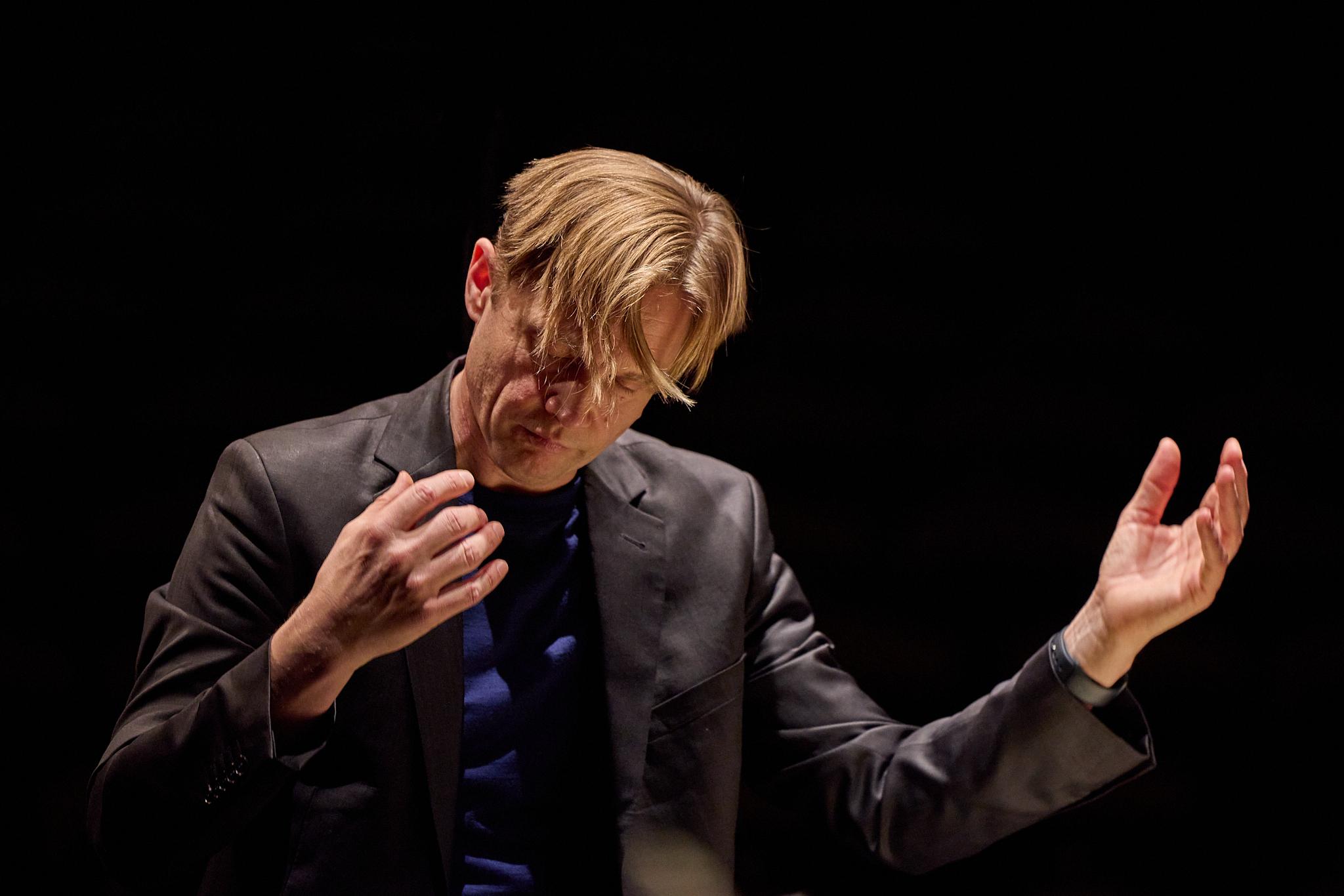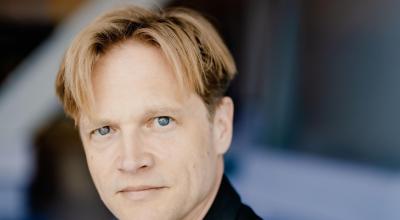Vivier, Henderickx & Stravinsky
Claude Vivier: Lonely Child for soprano and orchestra
Wim Henderickx, Tejas (What does the Sound of the universe look like?)
Igor Stravinsky, Le sacre du printemps
GUIDED CONCERTEnhance your experience beyond the concert with an introduction in Bozar's Henry Le Boeuf Hall! The introduction starts at 19.00 and is free upon presentation of your concert ticket. Conductor Bas Wiegers will introduce you to the works being performed. Hosted by Florestan Bataillie. |
COSMIC RITUAL
Canadian composer Claude Vivier (1948-1983) once called his composition for soprano and orchestra Lonely Child "a long song about loneliness". This key work of spectral music does not use chords, harmonies or counterpoint. Homophonic music - a single melody - is in the composer's words "intervalized". Thus, the entire orchestra is transformed into a timbre, resulting in beautiful orchestral colours.
Tejas (which in Sanskrit means fire, light, vitality, magical power and creative energy) is a seven-part composition for large orchestra by the season composer, Wim Henderickx. Musical influences and instruments from all over the world can be found in this work. A titanic percussion section of five percussionists includes Eastern (Thai gongs, Indian bells, Japanese drums) and African (slit drums) instruments in addition to Western ones. Tejas begins with a gigantic chord which, like a kind of big bang, provides the energy for the rest of the composition. In seven main sections, inspired by other pulsars, supernovas, black holes and quasars, the universe unfolds. These main sections are interspersed with three intermezzi (Gunas), in which different instruments of the orchestra play the role of soloists. At the end, when the universe has reached its maximum expansion, Wim Henderickx stops time in a haunting epilogue entitled Frozen Time.
Conducted by Dutch conductor Bas Wiegers, the Belgian National Orchestra celebrates the beginning of spring with Stravinsky’s Le sacre du printemps. When this work premiered in Paris in May 1913, with choreography by legendary ballet dancer Vaslav Nijinsky, it caused one of the biggest scandals in art history. Nijinsky’s angular movement language and the ballet’s action (about a young woman being sacrificed to the spring god in pagan Russia) were particularly objectionable. However, after fierce opposition, the ‘Gesamtkunstwerk’ (‘total work of art’) - especially Stravinsky’s music - soon achieved a cult status that persists to this day. His score, which begins with a sensitive bassoon solo in an unusually high register and which ends with a frankly barbaric tutti finale, is today considered the pinnacle of musical modernism.
In collaboration with ![]()
With the support of 
Bas Wiegers, conductor
Sophia Burgos, soprano
© Photo by Florian Ganslmeier
Bas Wiegers
With rousing energy and great openness, Bas Wiegers is at the cutting edge of conducting.
Sophia Burgos
Puerto Rican-American soprano Sophia Burgos has in recent seasons established herself internationally as a singer of outstanding intelligence, musicality and stage presence.



